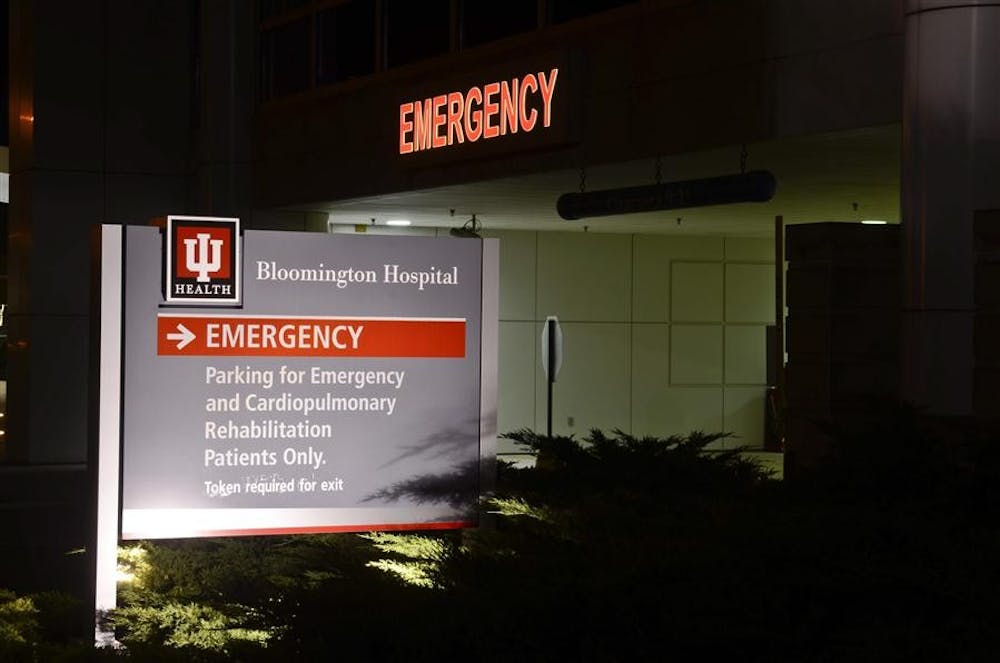IU researchers conducted a study finding 45% of patients with physical injuries and medical issues admitted to the emergency room also experience mental health and substance use problems that aren’t addressed during the visit.
According to an IU News article, the study received support from the IU Grand Challenges initiative Responding to the Addictions Crisis grant. Researchers worked with randomly selected patients in an Indianapolis emergency department. Each took a computerized adaptive test to evaluate five conditions: depression, anxiety, post-traumatic stress disorder, suicidal thoughts and behaviors and substance use disorders. According to the article, the test modifies questions based on respondent answers, and through this exercise, the researchers understood how common these conditions were in an important community.
[RELATED: "Report shows untreated mental health issues cost Indiana more than $4 billion each year"]
Out of 794 patients, 8.3% showed signs of depression, 16.5% for anxiety, 12.3% for PTSD and 20.4% for substance abusive behavior. The article said 24.1% of patients also showed moderate to severe risk signs of suicidality.
The results showed people who visited the ER at least twice in the last year had a 62% increased chance of being in the intermediate-high suicide risk category compared to patients who were never admitted in the ER prior. This category also showed a 63% greater chance of another emergency visit within 30 days after their visit compared to those in the lower risk category.
The study suggests a possible correlation between the two events, and researchers used the screening test to assess patients with non-psychiatric complaints to see if there’s a greater reason to assess mental health during ER visits.
[RELATED: "IU experts say daylight saving time may increase energy consumption, bring mental health problems"]
Brian D’Onofrio, the principal investigator of the study, said in the article that the results have important implications for health care companies and professionals.
“The people who keep coming back to the emergency department are high-risk patients,” D’Onofrio said in the article. “It’s a place where screening could be very helpful to identify people who are at high risk — whether for suicide, depression, anxiety, PTSD or substance use problems — and to get them the care they need.”
With more frequent check-ins, he said patients might not visit as much, and emergency departments can have a lesser patient load.
Lauren O’Reilly, a Ph.D. student at IU and researcher in D’Onofrio’s lab, said in the article that the testing could prove to be an effective screening tool for many patients, making it a practical application for a busy environment.
“I hope these results present an opportunity to discuss, intervene and link emergency department patients to appropriate care,” Paul Musey, a senior author of the study, said in the article. “I believe we have a duty to not only stabilize and treat patients in crisis but also ensure that we’ve done all we can to get them the resources they need to avoid a crisis in the future.”






